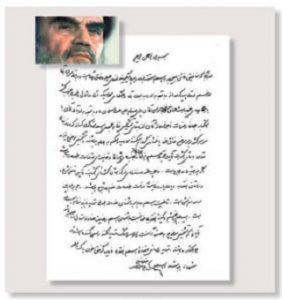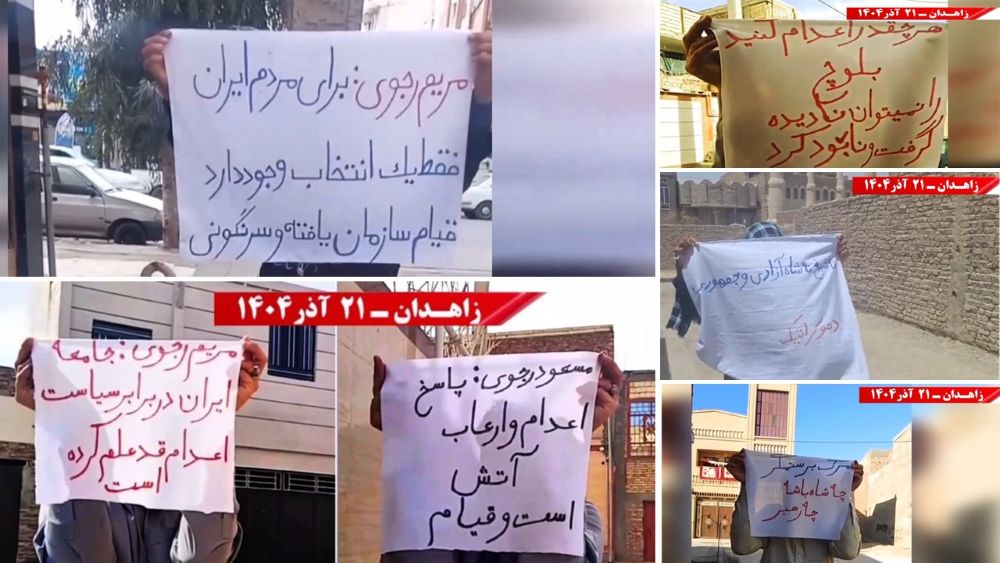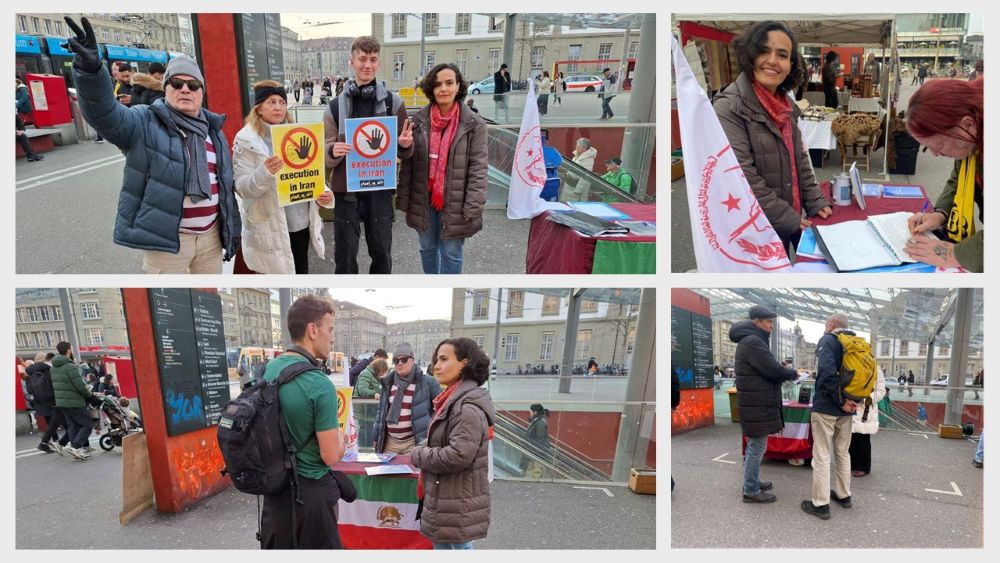Three Decades After Mass Executions In Iran – OpEd
Three decades ago, in the summer of 1988 Iranian regime committed the most heinous crime since World War II — It executed 30,000 political prisoners in the country’s prisons. Prisons were overcrowded with young men and women arrested on charges as ridiculous as reading a newspaper published by Iran’s main opposition and now an underground movement the People’s Mojahedin Organization of Iran (PMOI/MEK).
Kangaroo courts were set up in prisons and inmates were lined up with blindfolds waiting for their turn. Those few who miraculously survived the ordeal often have chilling accounts of what happened on that fateful summer. Years later, some still are struggling with the aftermath and receive medical treatment.
A four-member “Death Commission,” as it is famous among Iranian political prisoners, oversaw the massacre of 30,000 political prisoners in 1988.
Ebrahim Raisi and Mostafa Pour-Mohammadi — Justice Minister in Hassan Rouhani’s first cabinet — were two of the four members of the Death Commission who were tasked by then Supreme Leader Khomeini to immediately execute political prisoners. Raisi was a low level cleric at the time and in return for his services was elevated in the rank and files of the mullahs’ hierarchy. Raisi is a close confidant of the Supreme Leader Ali Khamenei. Currently Raisi is the custodian of Astan Quds Razavi, the wealthiest charity foundation in charge of Iran’s holiest shrine in Mashhad, northeastern Iran, with close ties to Khamenei’s powerhouse. He ran for presidential office last year and lost to Rouhani.
Khomeini’s fatwa
Khomeini hand wrote a fatwa, a religious decree, authorizing the Commission’s task. In the summer of 1988, the Commission handed down 30,000 death sentences. The kangaroo courts hardly lasted more than three minutes on average. A simple question was asked by the judges: Do you still believe in Mojahedin? And depending on the answer, one could end up before a hangman. The gruesome accounts of survivors, especially female prisoners, often leave the listeners in shock.

Who were the prisoners and what happened
According to sources close to Iran’s main opposition, in the summer of 1988 political prisoners serving their sentences were mass executed. The order came from the very top: Khomeini himself. He wrote in his notorious fatwa (religious decree) that all those who still believe in the People’s Mojahiden Organization of Iran (PMOI/MEK) must be killed. In one summer some 30,000 political prisoners were executed and buried in mass graves in Iran. Khomeini and his cohorts knew full well if the crime went public it would be an ingredient for a major social disaster. The so-called judges were strictly ordered to hide everything. Years later, it was revealed that all prisoners in that period were denied visitation rights for months.
Moving evidence
In the moving tape, Montazeri can be heard telling a meeting of the “Death Commission” in 1988 that they are responsible for a crime against humanity. He said: “The greatest crime committed during the reign of the Islamic Republic, for which history will condemn us, has been committed by you. Your names will in the future be etched in the annals of history as criminals.” Pour-Mohammadi has since admitted his role in the “Death Commission” and boasted that he was proud to “carry out God’s will and he has not lost sleep over what he did.”
In another part of the tape, Montazeri says that exterminating MEK members had become an obsession of Ahmad Khomeini’s long before the 1988 massacre. Montazeri in his tape quotes Ahmad as saying, “All of them must be killed even a distant sympathizer who just reads their paper.” Considering Ahmad’s position as Khomeini’s right-hand man wiping out MEK members was a strategic plan for the regime.
Torturing families
An Urgent Action was issued by Amnesty International on July 26 this year: “ROAD TO BE BUILT OVER INDIVIDUAL AND MASS GRAVES. The families of political dissidents who were forcibly disappeared and extrajudicially killed in Ahvaz, southern Iran, in the 1980s are suffering untold mental anguish and distress as the authorities are destroying the individual and mass graves of their loved ones. They are afraid of facing further persecution if they speak out.”
Ahvaz is not an isolated incident, according to the National Council of Resistance of Iran (NCRI) website: “In late June, the regime had demolished the graves of PMOI martyrs in Vadi-e Rahmat Cemetery in Tabriz, capital of East Azerbaijan Province (northwestern Iran). In the previous month, the mass graves of the martyrs of the 1988 massacre and other PMOI martyrs in Behesht-e Reza Cemetery in Mashhad, capital of Razavi Khorasan Province (northeastern Iran), had been destroyed on the orders of the clerical regime’s officials.”
Maybe the silent victims of theocratic regime in Iran are the families of the executed prisoners. There are reports that after three decades some are traveling to distant cities and towns in Iran in search of their loved ones’ burial grounds.
Seeking justice for political prisoners executed in 1988 was galvanized by recent protests in Iran. Since December, curious students at the colleges across Iran have used every opportunity to challenge regime’s officials over the sticky issue. The 1988 massacre in Iran deserves an independent international investigation. It has been kept in the dark for too long.
On August 9, 2016, relatives of Hossein-Ali Montazeri, Khomeini’s former heir, published a shocking audio tape in which Montazeri can be heard telling a meeting of members of the “Death Committee” 28 years ago (August 15, 1988) that they are carrying out a crime against humanity. The Montazeri tape revealed new information about the scope and breadth of the massacre of political prisoners at the time. It has sent shockwaves in Iran and in particular among the regime’s officials who had for more than two decades attempted to impose an absolute silence on the massacre.
The clip also showed that the Iranian regime’s leaders who held positions of power since the beginning of the regime’s establishment must face justice for committing one of the most horrific crimes against humanity.
*Reza Shafiee is a member of the Foreign Affairs Committee of the National Council of Resistance of Iran (NCRI). He tweets @shafiee_shafiee.



